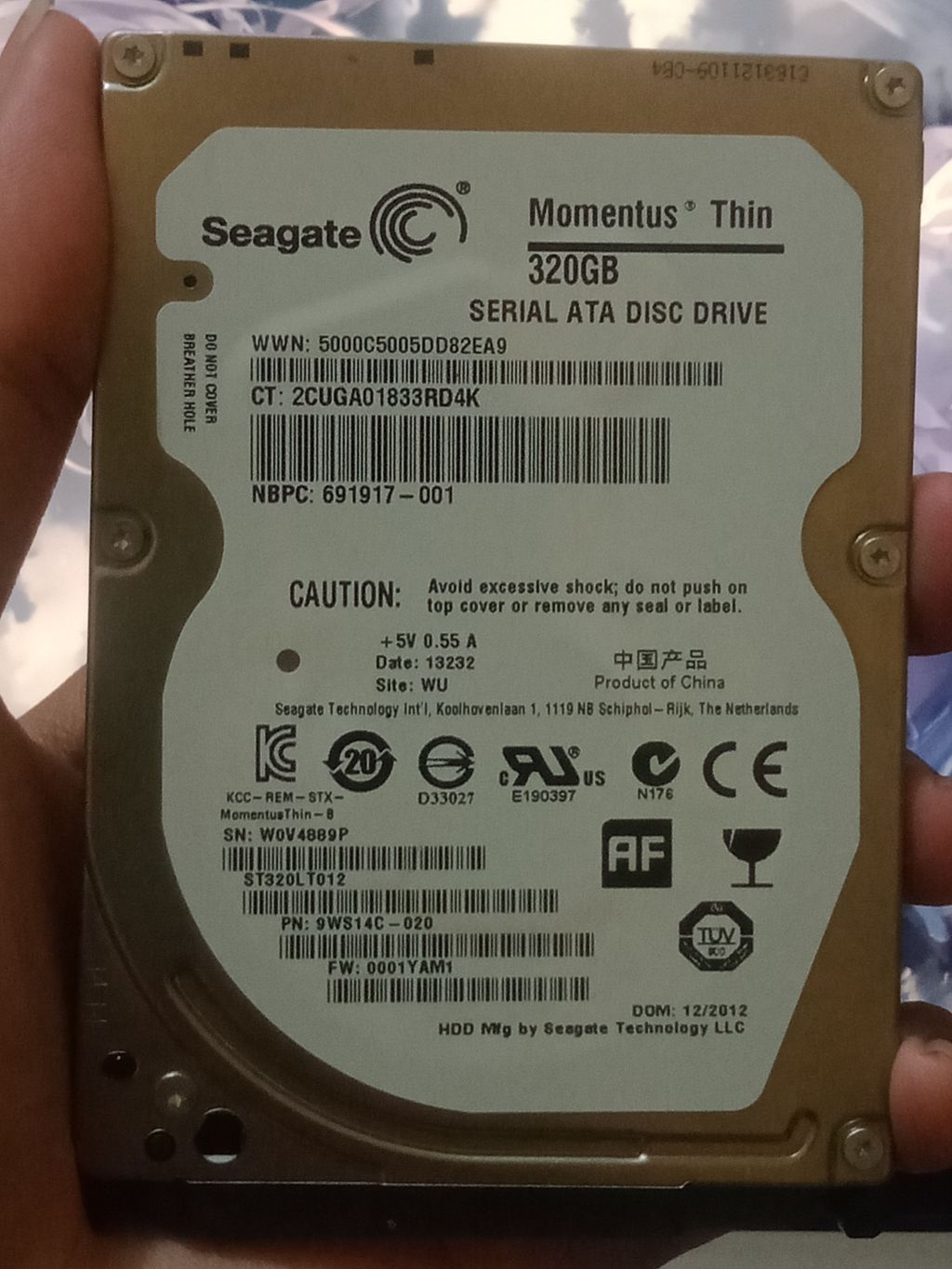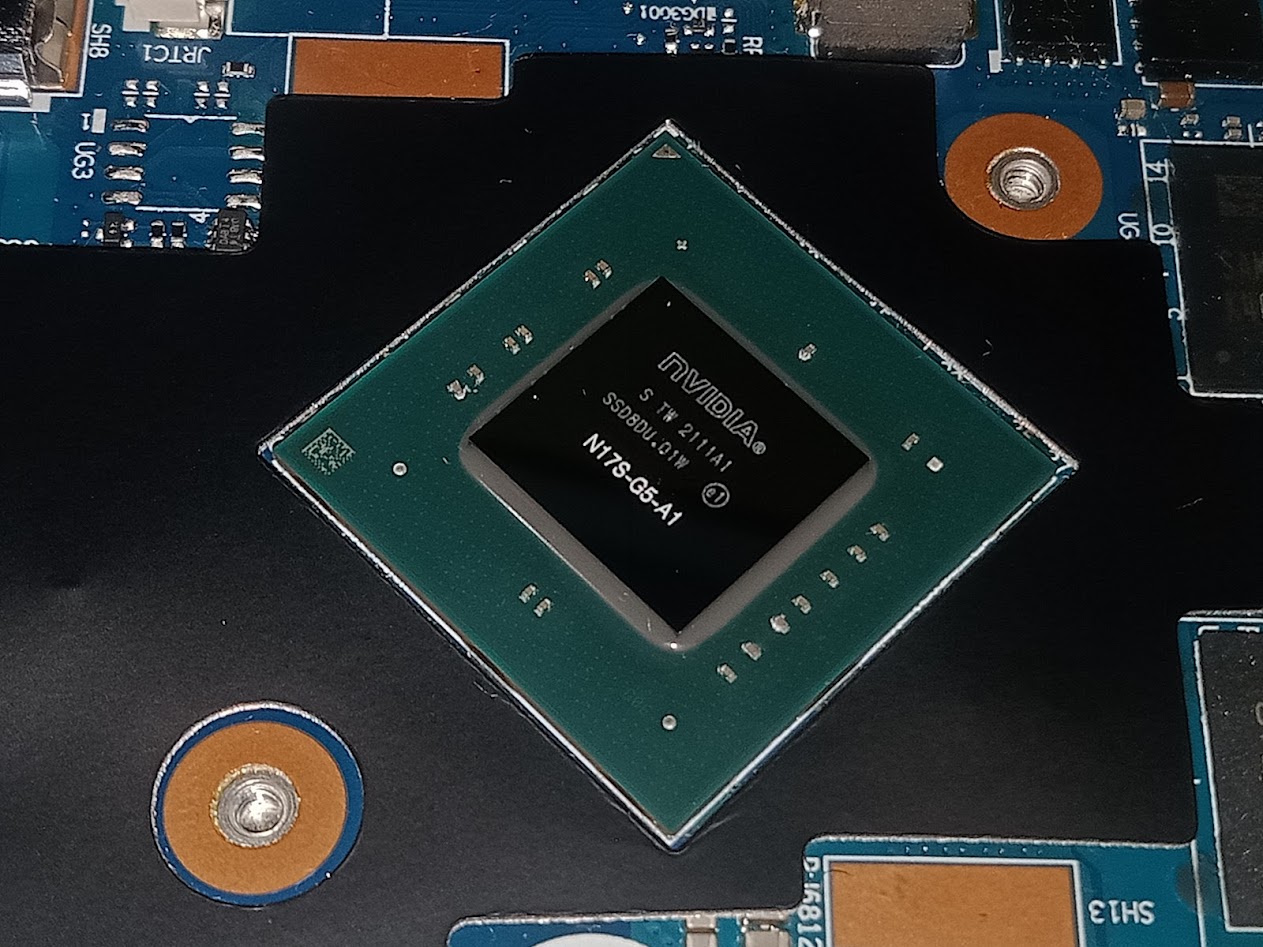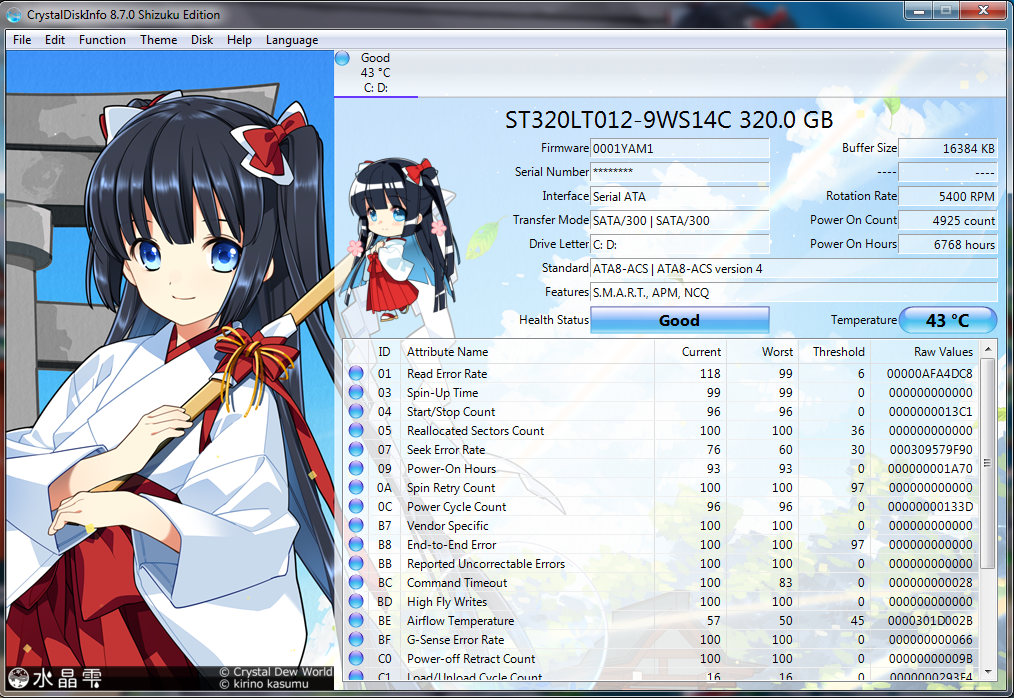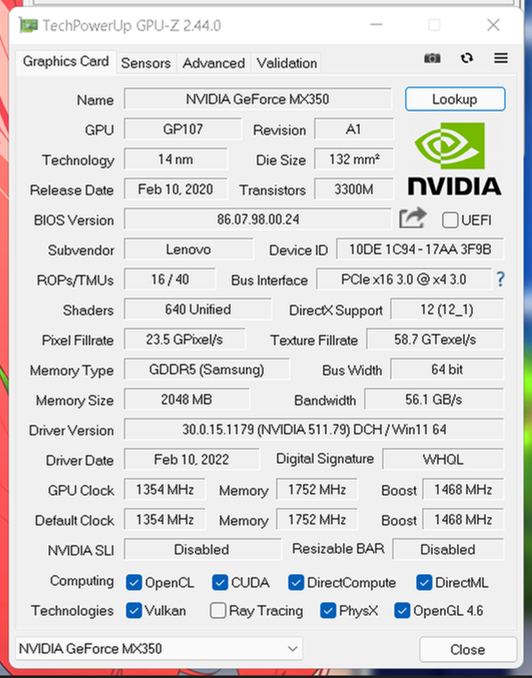Comparing: Seagate Momentus Thin ST320LT012-9WS14C vs GeForce MX350 [Disk]
In this comparison, we analyze two Disks: Seagate Momentus Thin ST320LT012-9WS14C and GeForce MX350 [Disk], using synthetic benchmark tests to evaluate their overall performance. This side-by-side comparison helps users understand which hardware delivers better value, speed, and efficiency based on standardized testing. Whether you're building a new system or upgrading an existing one, this benchmark-driven evaluation offers valuable insights to guide your decision.

Seagate Momentus Thin ST320LT012-9WS14C
| Type: | Disks |
|---|---|
| Model: | Seagate ST320LT012-9WS14C |
| Capacity: | 320 GB |
| Interface: | SATA-II 3Gbps |

GeForce MX350 [Disk]
| Type: | Disks |
|---|---|
| Model: | GeForce MX350 [Disk] |
| Capacity: | 2GB, 1.5GB |
| Interface: | GDDR5 |
Specification Comparison Table
This specification comparison presents technical details of several devices or components to help you understand the key differences between each option. Use this table as a reference to determine which device best suits your needs.
| Specification | Seagate Momentus Thin ST320LT012-9WS14C | GeForce MX350 [Disk] |
|---|---|---|
| Brand | Seagate | Samsung |
| Format | HDD 2.5 | VRAM Disk |
| Capacity | 320 GB | 2GB, 1.5GB |
| Interface | SATA-II 3Gbps | GDDR5 |
Submission Comparison Table
This submission comparison table displays the number and details of benchmark data submissions from various devices or components. This information helps you understand the performance based on the benchmarks that have been tested, as well as providing an overview of the consistency and popularity of the available benchmark results.
| No. | Benchmark Software | Seagate Momentus Thin ST320LT012-9WS14C | GeForce MX350 [Disk] |
|---|---|---|---|
| 1 | ATTO Disk Benchmark - 64M |
Read: 51.51 MB/s Write: 50.44 MB/s |
Read: 1440.00 MB/s Write: 1330.00 MB/s |
| 2 | CrystalDiskMark |
Read: 84.67 MB/s Write: 83.84 MB/s |
Read: 1113.58 MB/s Write: 995.48 MB/s |
Submission Comparison Chart
This chart visualizes the benchmark scores comparison between two hardware devices based on submitted data.
Media Gallery
A collection of photos of tested hardware. These images can help you identify the physical form, model, and variant of the hardware in question. These photos are from our own documentation, and if they are not available we may not be able to document them.
About Hardware Seagate Momentus Thin ST320LT012-9WS14C
Seagate ST320LT012-9WS14C is a 320GB capacity hard disk drive (HDD) with a slim 2.5-inch form factor, ideal for laptops, notebooks and other portable systems. Designed using a SATA II (3Gbps) interface and a rotation speed of 5400 RPM, this HDD emphasizes power efficiency and quieter operation compared to higher-speed HDDs.
It uses 1 platter and 2 read/write heads, a common configuration for 320GB capacity, with light weight and low power consumption-suitable for mobile devices. Equipped with 16MB of buffer cache, its performance is sufficient for daily tasks such as saving documents, running light applications, or storing multimedia files.
This Seagate ST320LT012-9WS14C performance test was conducted using an HP 1000 1b05AU laptop that still relies on 4GB DDR3 Single Channel RAM with two DIMM slots. The operating system used during the test was Windows 7 64-bit, which is a typical environment for entry-level laptops in this era of HDD usage. The hardware combination reflects the real usage scenarios of older generation laptop users who still rely on mechanical hard disks as the primary storage medium.
In tests using CrystalDiskMark benchmark software, the Seagate ST320LT012-9WS14C hard disk recorded a fairly stable performance for the 5400 RPM HDD class. The sequential read speed reached 84.67 MB/s, while the sequential write speed stood at 83.84 MB/s. These results show that despite being an older generation HDD with modest specifications, its performance is still adequate for everyday light computing needs such as document storage and media playback.
Although its performance falls short of modern SSDs, the Seagate ST320LT012-9WS14C remains a reliable and cost-effective choice for users who need additional internal storage on older laptops, educational systems, or as external media (with a USB case). Its compact size and low power consumption also make it suitable for use in netbooks and other energy-efficient devices.
Device Test:
Device: HP 1000 1b05au
RAM: 4GB DDR3 Single Channel 2 DIMM
OS: Windows 7
Wednesday, 26 December 2012 14:27:32 | Update: 3 weeks ago
About Hardware GeForce MX350 [Disk]
The NVIDIA GeForce MX350 is an entry-level GPU designed for thin and light laptops, delivering significant graphics performance improvements over the processor's built-in iGPU. The GPU is based on the Pascal architecture with 640 CUDA Cores, and features 2GB or 4GB of GDDR5 memory with 64-bit bus width. The MX350 is generally used for light graphics tasks such as photo editing, light video, and casual gaming, and provides GPU acceleration for CUDA-enabled creative applications.
But in this particular test, a portion of the video memory (VRAM) on the GeForce MX350 was configured as a VRAMDisk. The concept of a VRAMDisk is similar to a RAMDisk, but it uses the VRAM of the GPU as a super-fast storage medium. VRAMDisk allows the creation of temporary, high-speed drives that can be utilized for technical experiments, speed testing, or graphics caching in certain scenarios. Although its capacity is limited and volatile (data is lost on reboot), the high bandwidth and low latency of VRAM provide compelling performance in certain contexts.
The tests were conducted on a Lenovo IdeaPad Slim 3i 14ITL6 laptop with Intel Core i5-1135G7 processor, 12GB DDR4 3200MHz dual channel RAM, and Windows 11 22H2 operating system. The VRAMDisk was created from a 2GB GeForce MX350 GPU, with virtual disk sizes of 1GB and 1.5GB, using special software called GPU RAM Drive.
Benchmark results with CrystalDiskMark recorded read speeds of 1113.58 MB/s and write speeds of 995.48 MB/s, showing the high bandwidth potential of VRAM as a temporary storage medium. Although the performance does not match DDR4-based RAMDisks, VRAMDisks remain a unique and attractive solution for certain technical purposes, especially for users who want to utilize idle VRAM for fast I/O processes. With its dedicated laptop GPU form factor and PCIe x4 Gen 3.0 interface, the GeForce MX350 VRAMDisk opens up new exploration possibilities in the world of experimental graphics-based high-speed storage.
Device test (testbed):
Device: Lenovo IdeaPad Slim 3i 14ITL6
CPU: i5 1135G7
RAM: 12GB DDR4 3200MHz Dual Channel (8+4)
OS: Windows 11 22H2
Friday, 06 August 2021 04:34:19 | Update: 2 weeks ago


